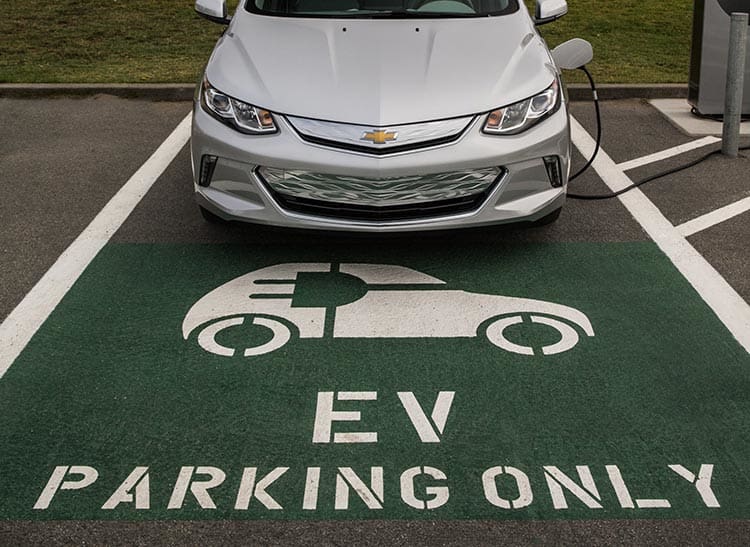In today’s fast-moving built-environment sector, municipal teams and architecture firms face a dual challenge: keep up with evolving codes, standards, and technologies, and scale training across large, distributed teams. That’s where a robust on-demand learning platform like the ID360 Academy with our All Access Pass becomes a strategic asset.
Streamlined tracking, compliance, and CEU management
For organizations responsible for dozens or even hundreds of professionals, simply delivering training isn’t enough. They need visibility into progress, proof of completion, and the ability to align training with roles and responsibilities. Modern learning platforms with reporting and analytics are critical for enterprise-scale adoption.
By using smart solutions that scale, firms can monitor which teams have completed required modules, track continuing education units (CEUs), and manage renewal cycles. This translates into fewer manual spreadsheets, less administrative burden, and more confidence that the workforce is trained and up to date.
Flexibility + On-Demand Access = Higher Engagement
Organizations often struggle with coordinating live training sessions across departments and project schedules. Online, on-demand education offers a workaround: learners access content when and where it works for them, at their own pace. Studies of corporate learning show that flexibility and self-paced modules increase learner engagement, motivation, and retention of knowledge.
Scalable, consistent quality training across groups
When organizations grow (or merge) and span multiple offices, ensuring consistency of training becomes a risk. An enterprise-learning platform ensures that everyone, from senior staff to junior team members, receives the same baseline education, reinforcing common language, metrics, and expectations. With the ID360 Academy All Access Pass model, firms and municipalities can give every team member access to the full library of courses, enabling flexible role-based learning pathways and targeted upskilling without scaling cost linearly.
Measurable business impact
It’s not just about checking the box, “training complete”. It’s about improving efficiency, reducing errors, and increasing staff retention. For example, organizations that promote continuous learning experience 37 % higher productivity.
For architecture firms and municipalities facing tight project schedules, code changes, and client demands, better-trained staff means faster delivery and a stronger competitive position.
For organizations looking to scale training, reduce administration, and ensure consistent high-quality learning, an All Access Pass is the smartest solution.
